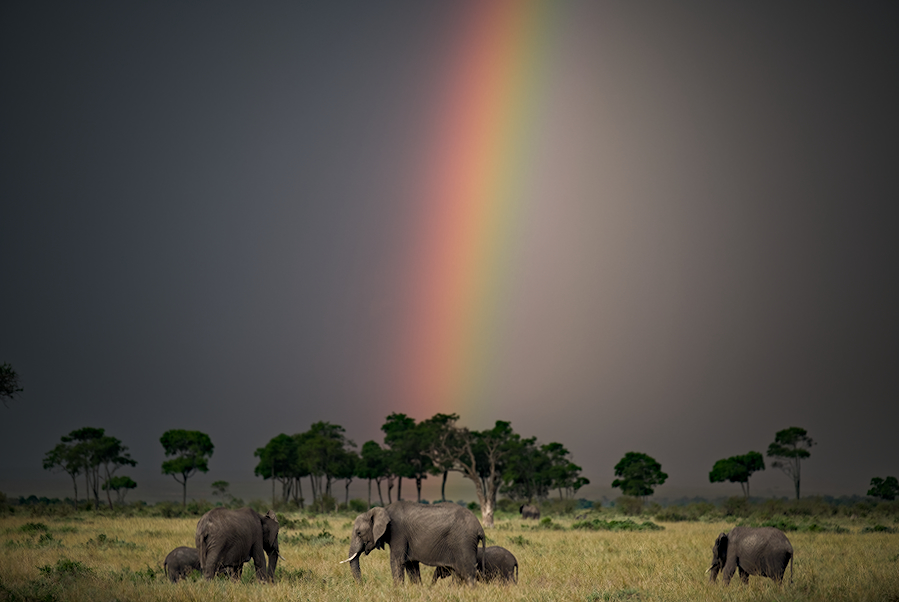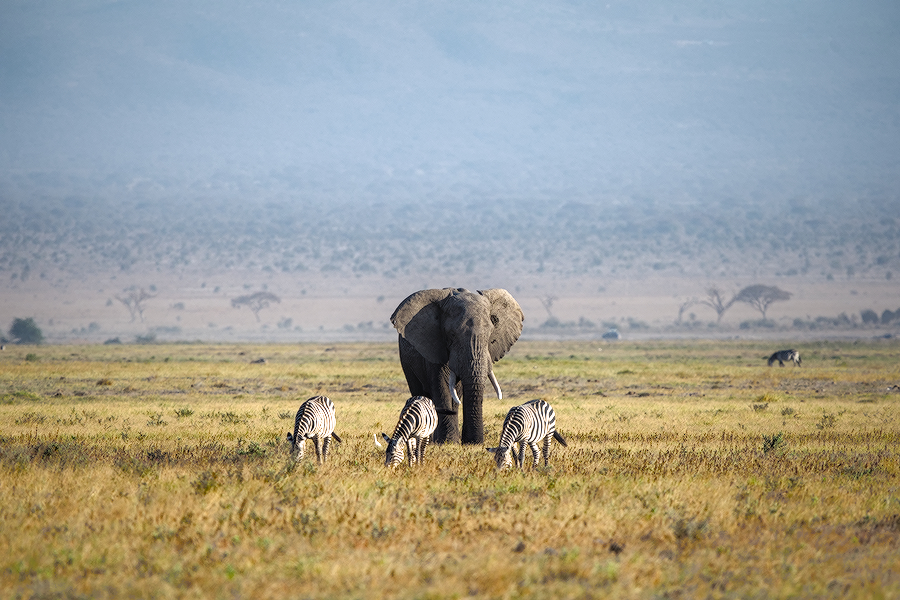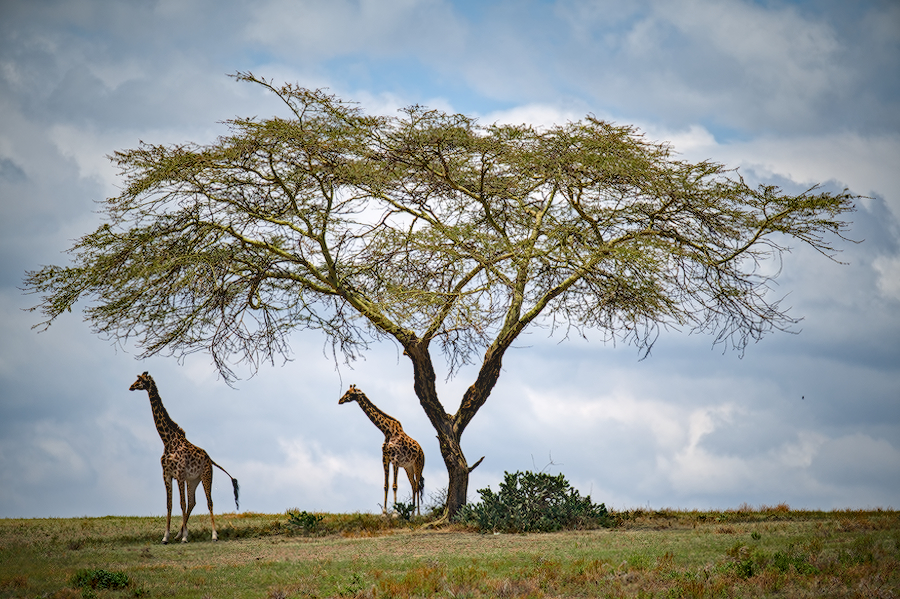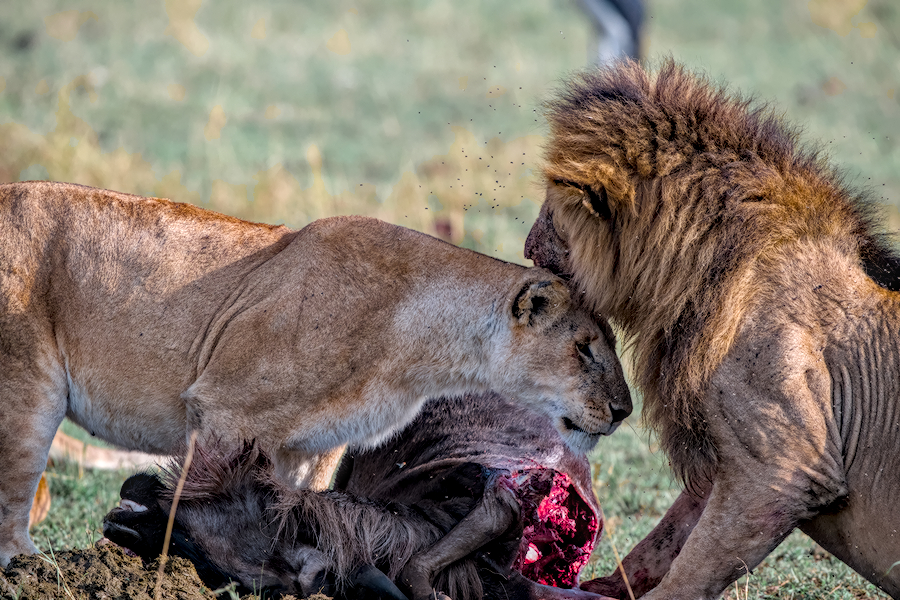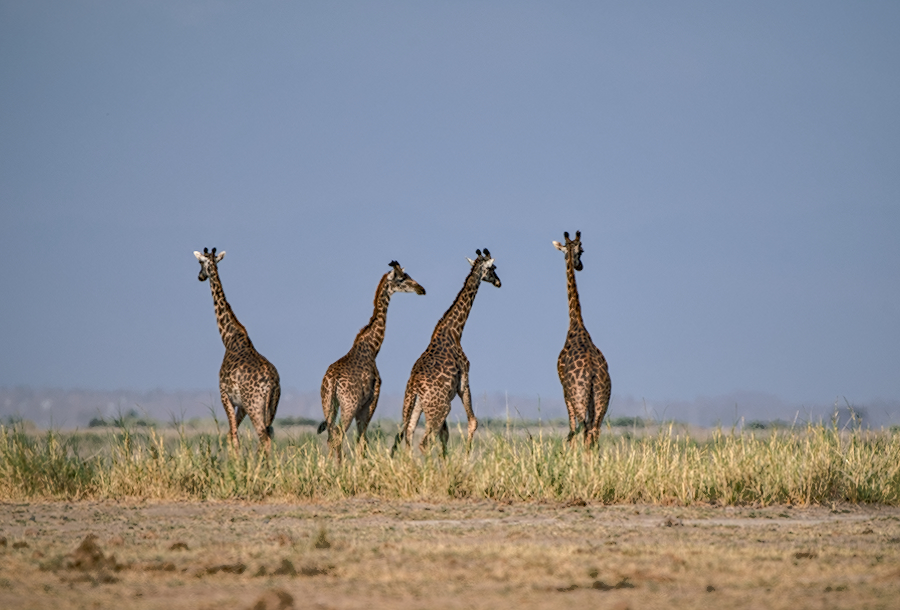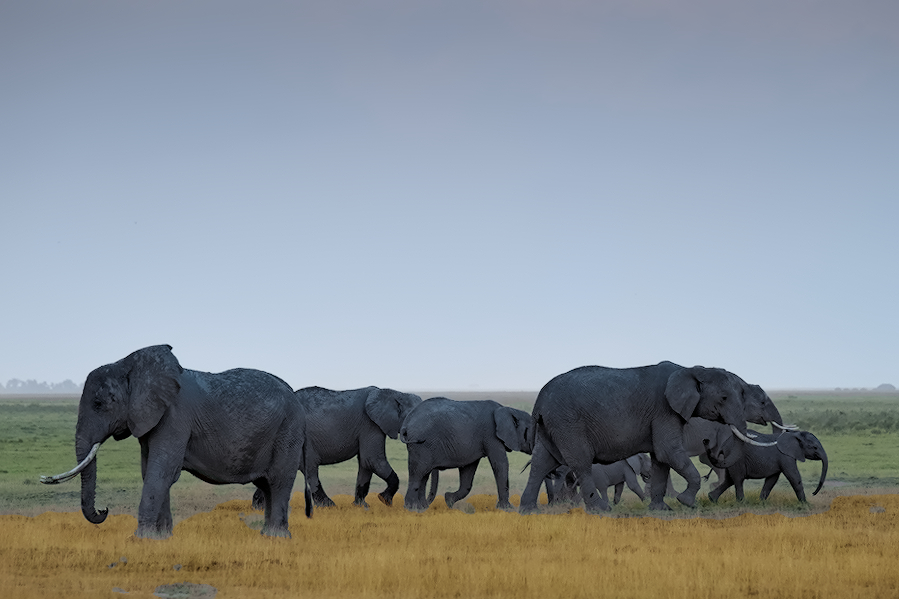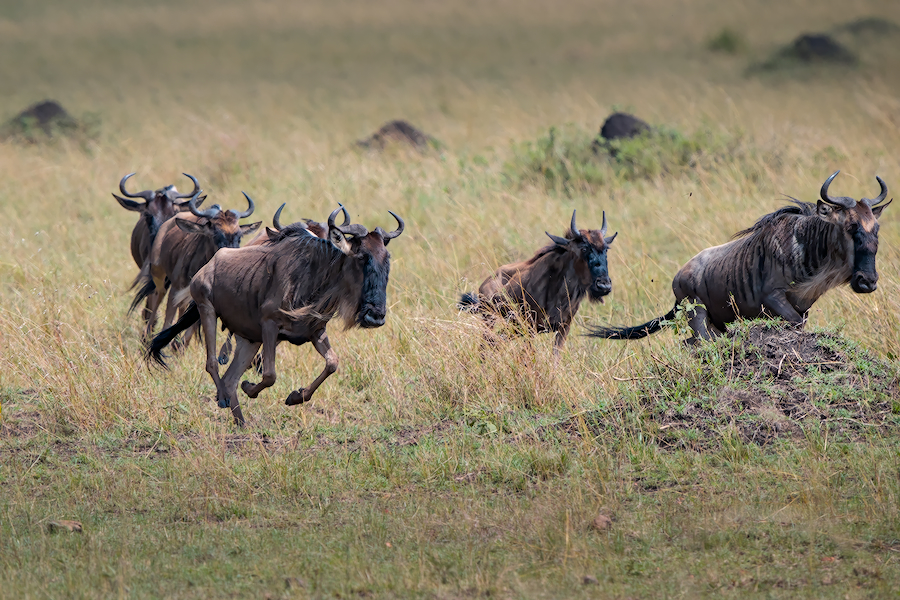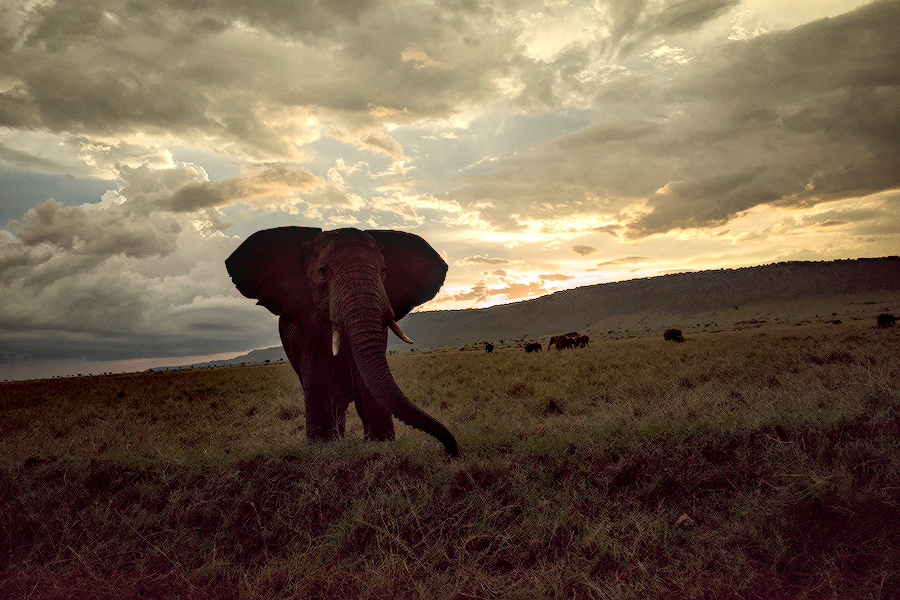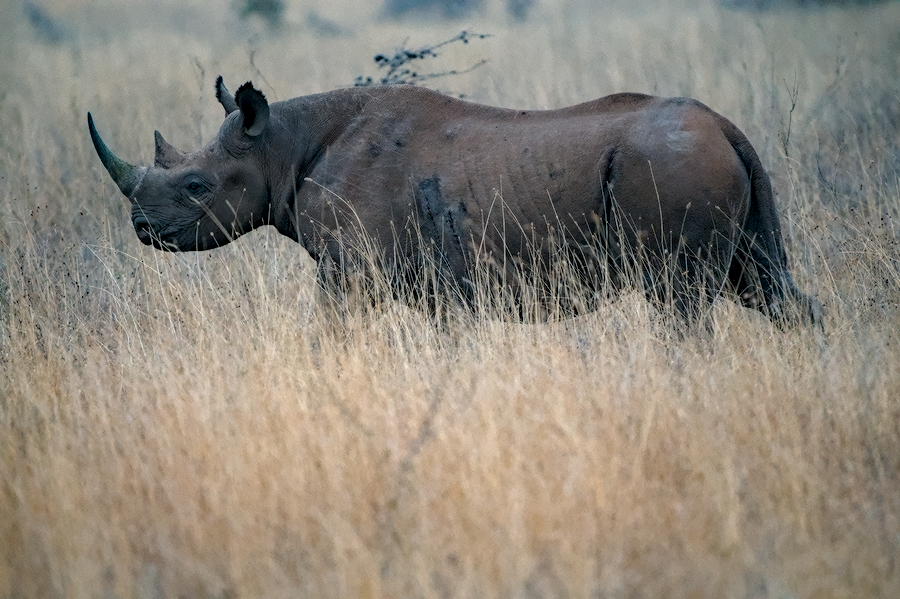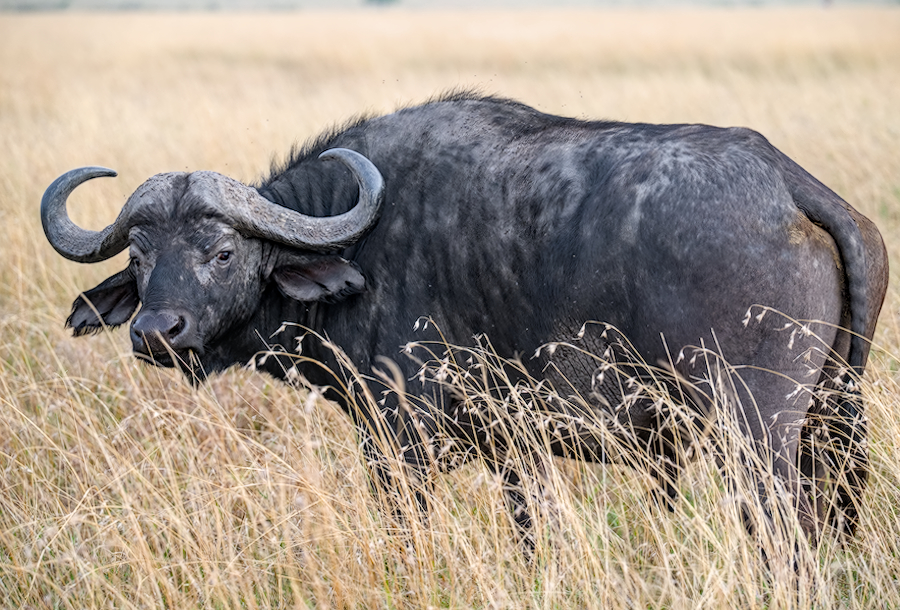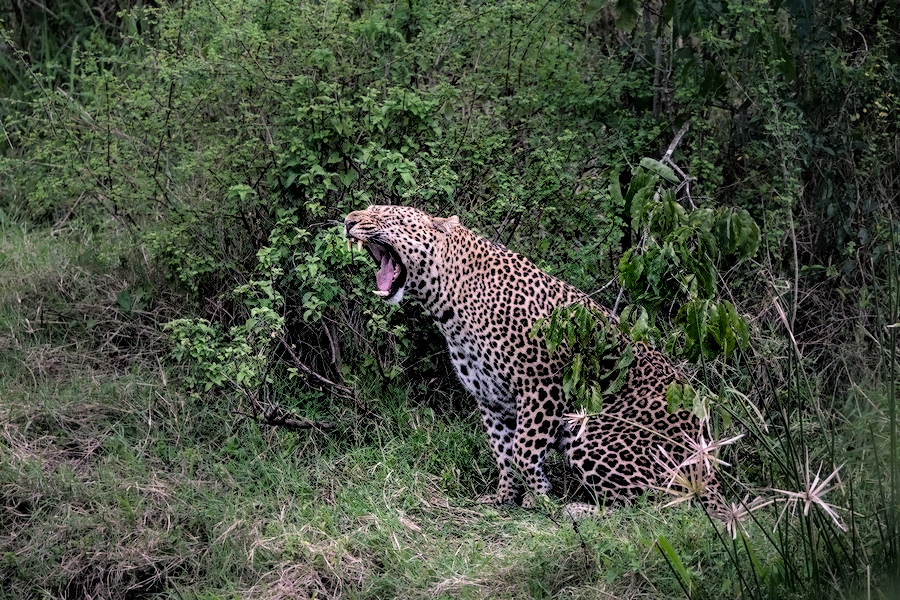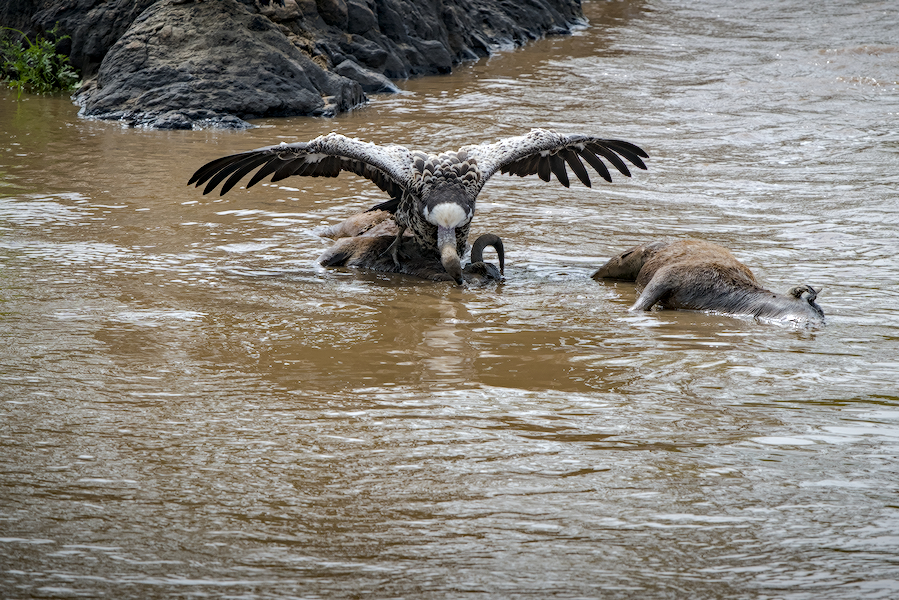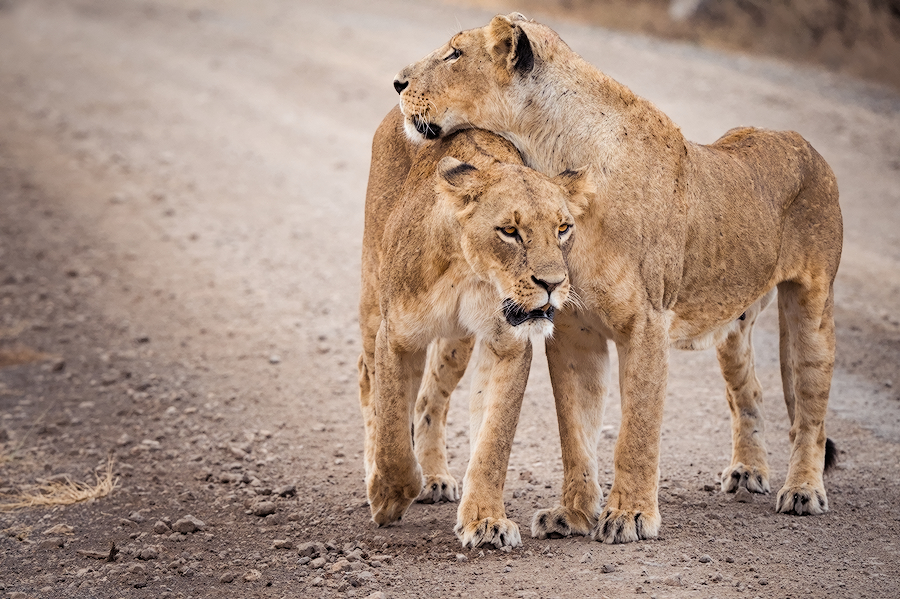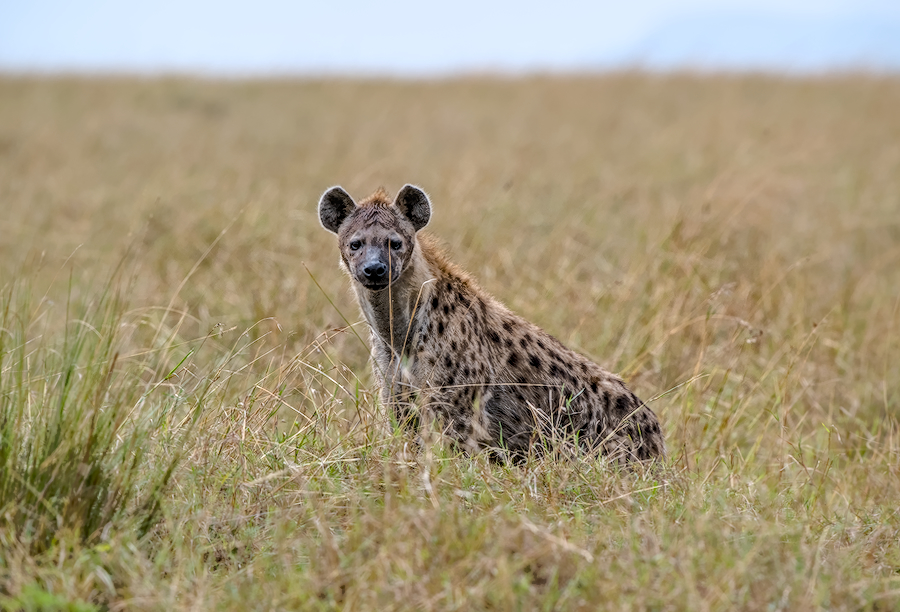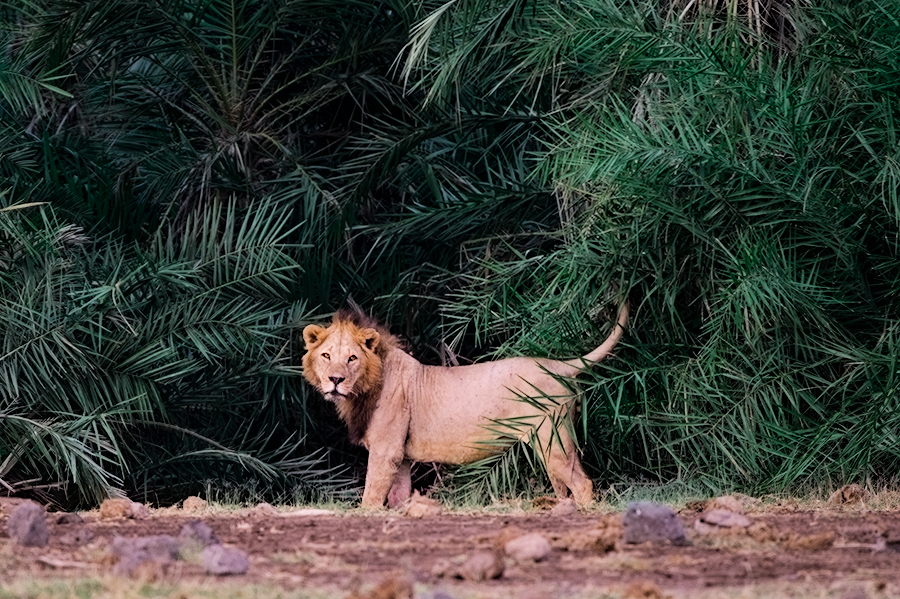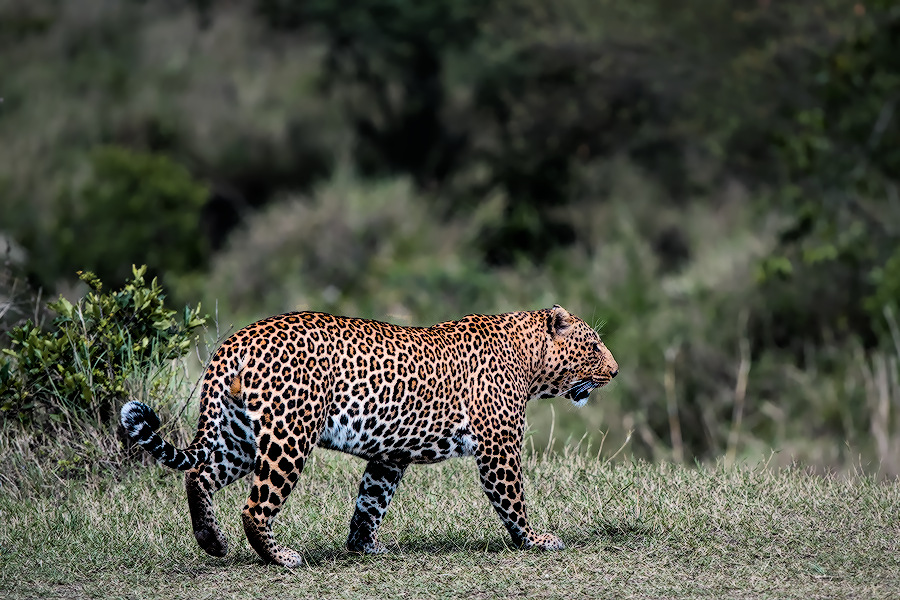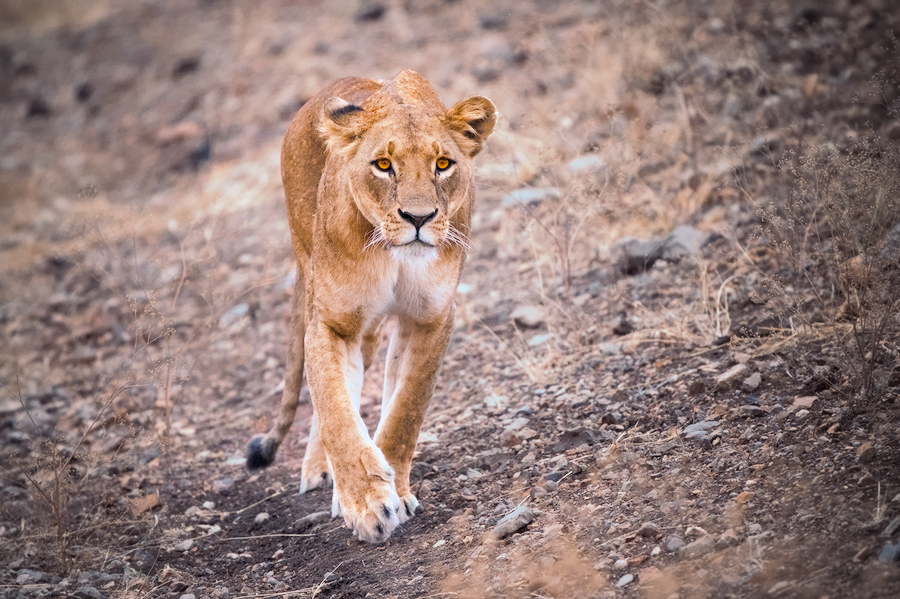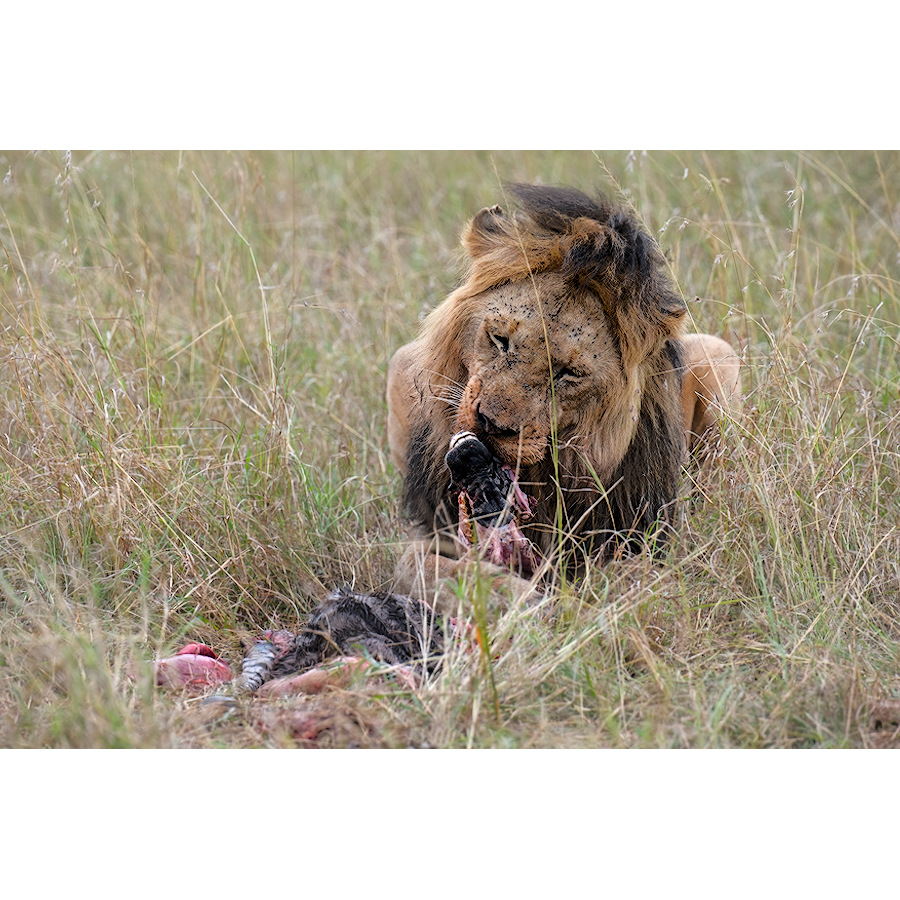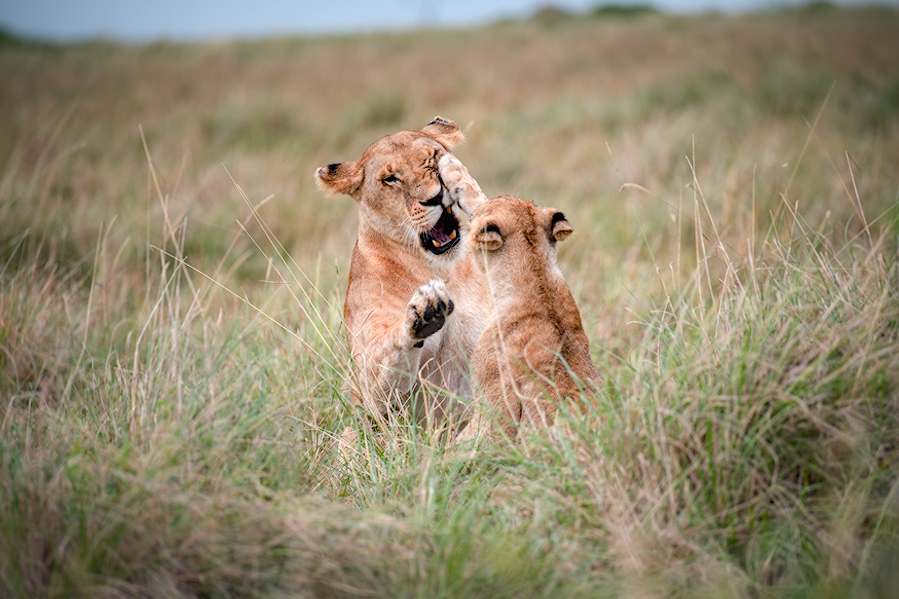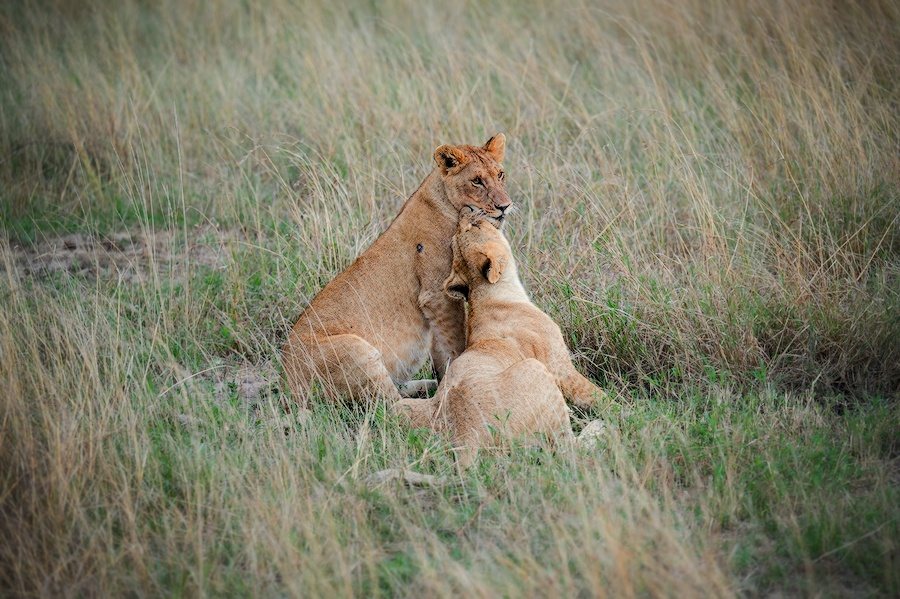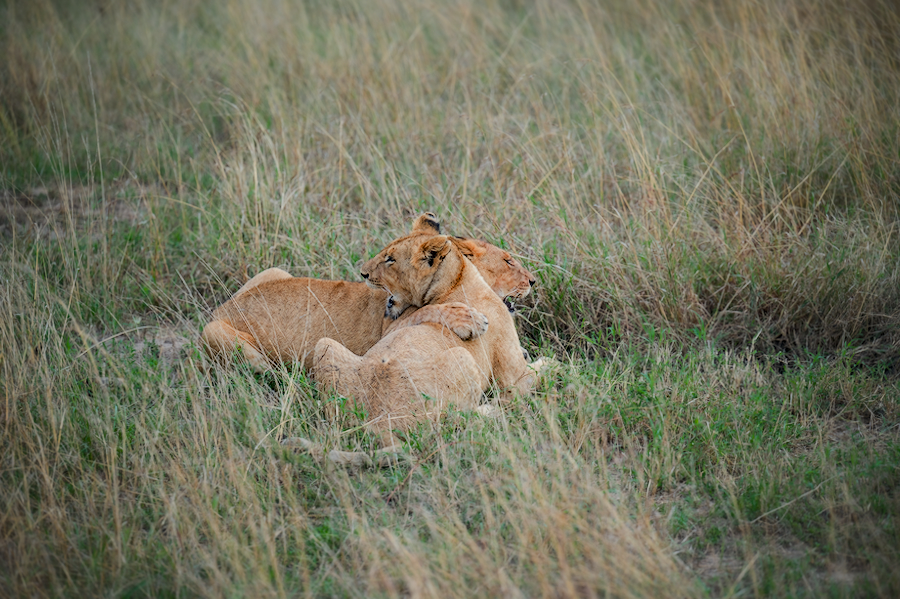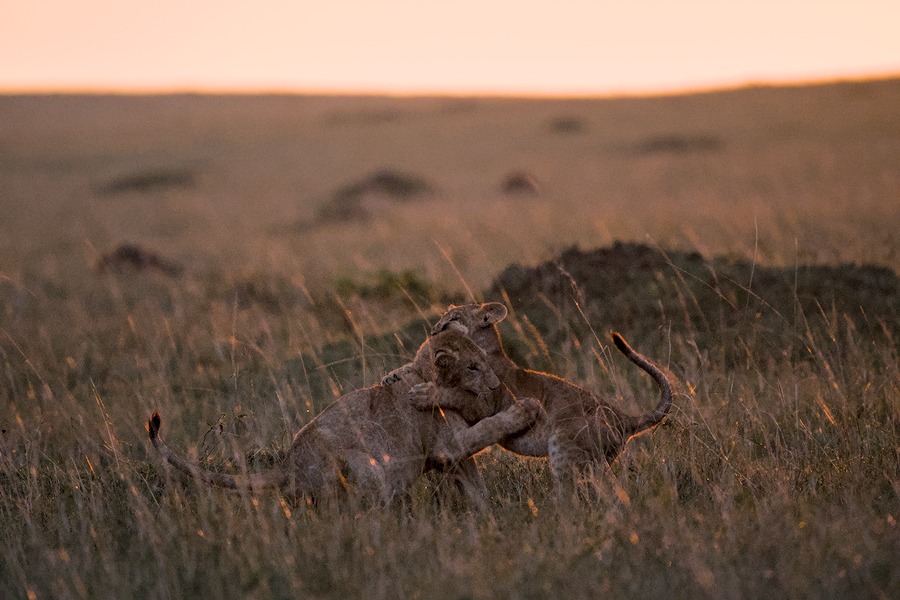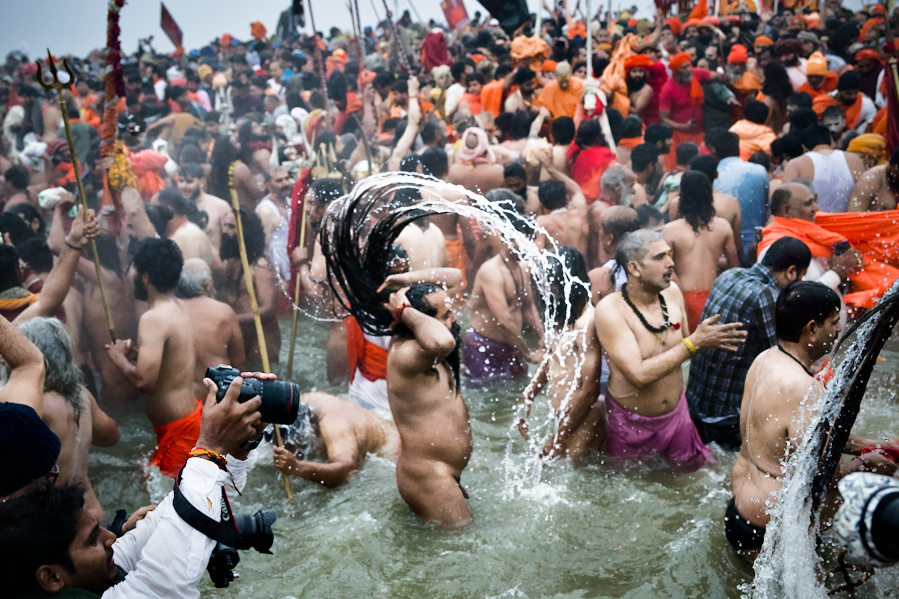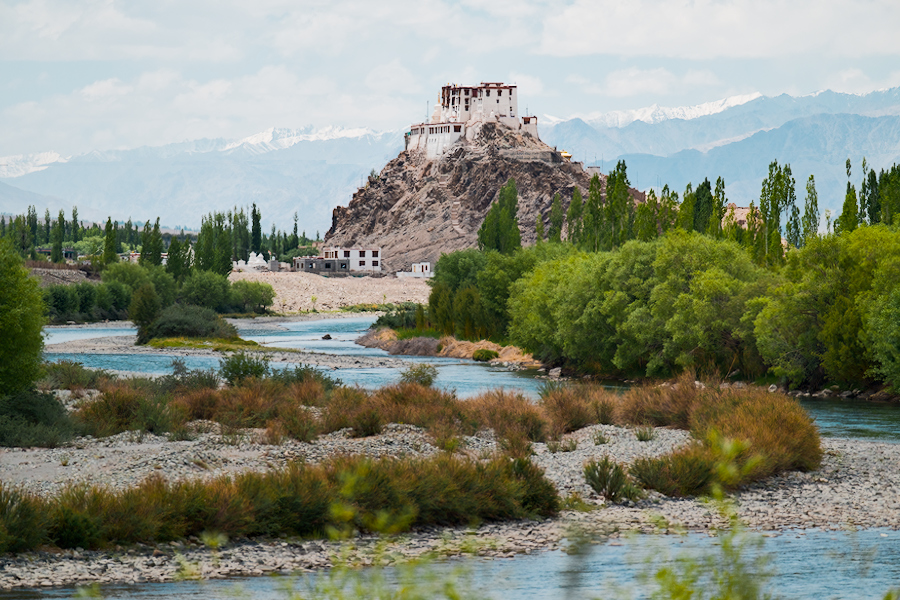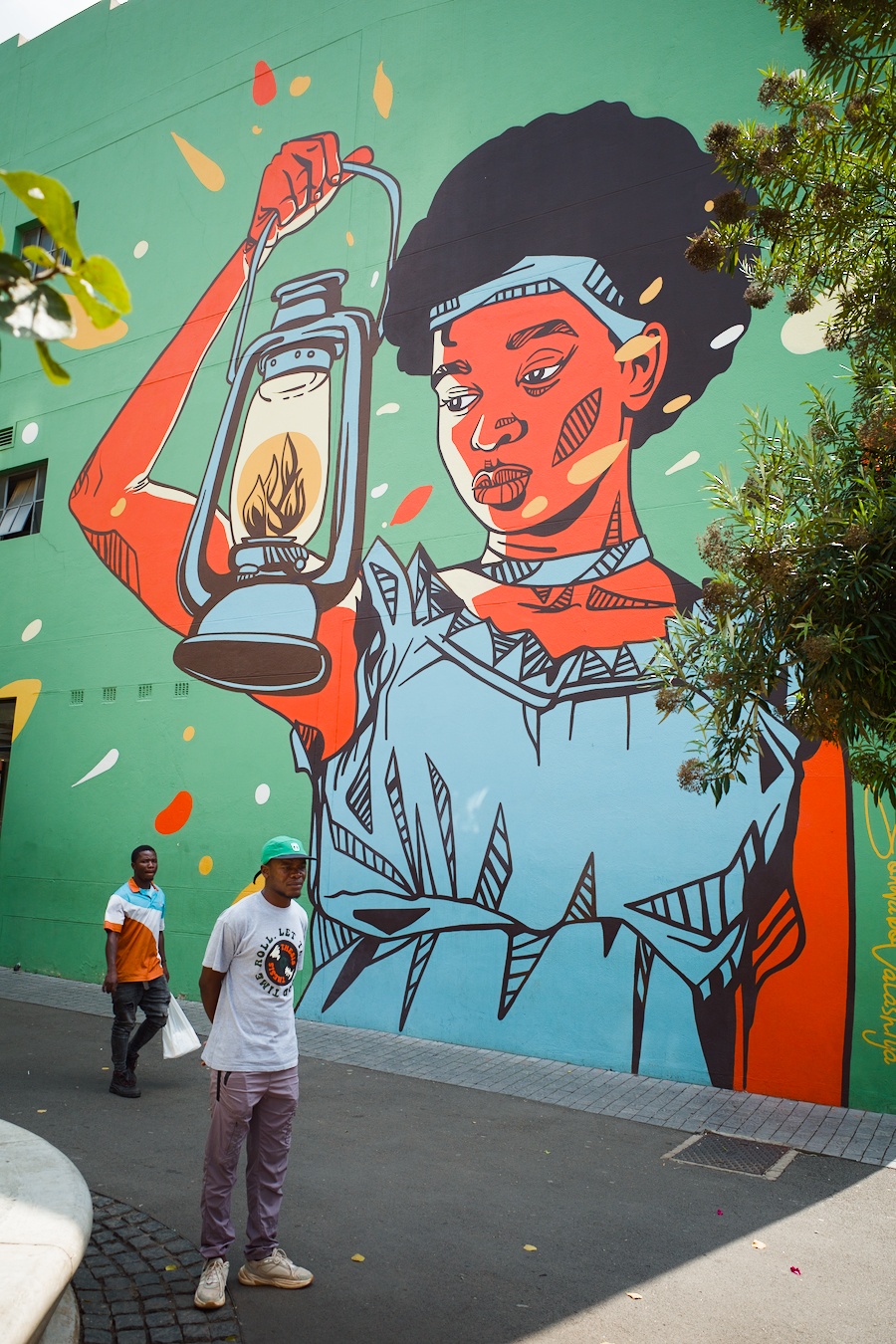The Kenya Experience – Amboseli and Maasai Mara
Entering the African Savanna felt like a homecoming, as if it triggered a memory in the DNA of our ancient origins.. My eyes took time to adjust from the urban landscape to the open Savanna of Maasai Mara and Amboseli and their infinite horizons of the grasslands. A few days into the trip I started to experience Africa beyond the narratives of scarcity and strife associated with the continent. The riches of the land were laid out – the sunrise, the sunsets, the nature, the weather, the culture, its hardworking people and the their warmth.
There is a dialogue in the film ‘Out of Africa,’ the earth is round so that you can’t see too far ahead. I followed that advice and didn’t do much research about Kenya and allowed it to open up to to me, one moment at a time. Everything turned into a pleasant surprise and an adventure. A friend put together a great itinerary for us, and we just went along with it (For itinerary and logistics advise in Kenya, DM Bhanu).
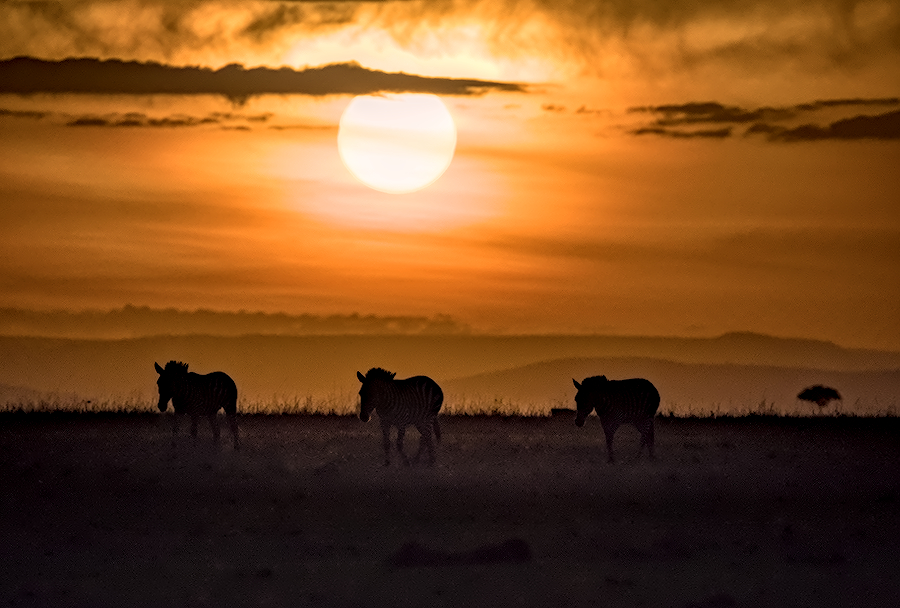
The invisible hand of nature and it genius is visible everywhere. The great migration with millions of animals synchronising their movements across thousands of kilometres of ; the rules that govern the heard of elephants and the system of casting out those who don’t adhere to the rules; the way the young lions take over a new pride and even killing all the male cubs to improve their chances of reproduction ; the way the wildebeests and zebra’s help each other survive the apex predators; the way the birds clean the insects off the back of giraffes, Rhinos and Hippos. Everything is in perfect equilibrium – someones dung is someones meal here,
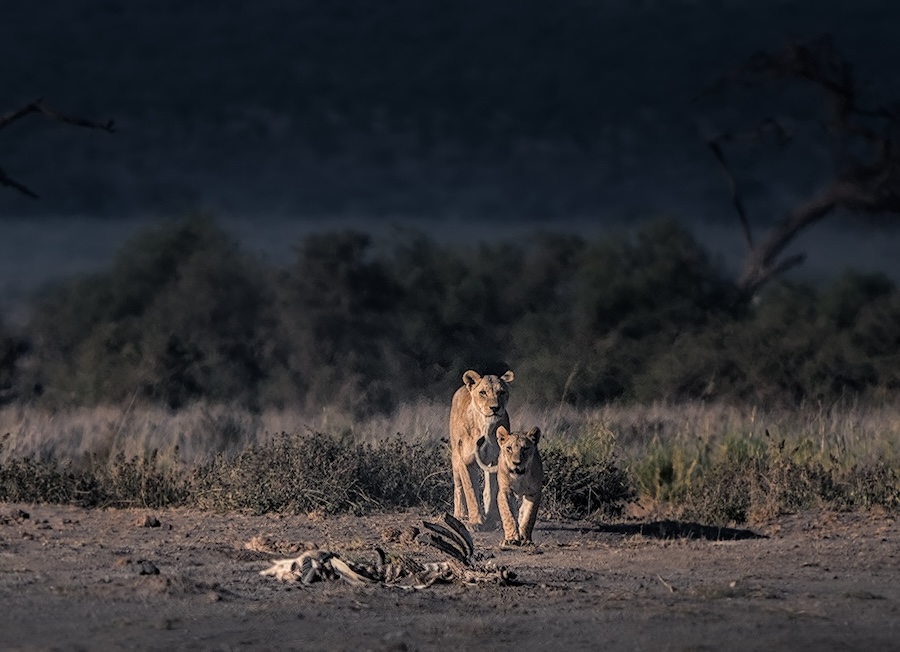
Safaris here feel like entering an immersive emotional drama that is playing out in front of you. There is no filter in their expression of what they feel. You see the emotions of animals in their full intensity – the pure love of a lioness for her cubs, the indulgence of the elephant for their playful calf, the ferociousness of the wild animals as they attack their prey with no mercy, the sheer terror that grips the animals as predator stalk them, the lustiness of the elephant as it seeks his mates. It is quite a contrast to the polite human society, which is designed to numb our wilder emotional side, and probably for the good too, but which also takes its toll on our authenticity and expression.
The Big Five

The colonial past has left a big trauma on the culture in Kenya. The western culture was alien to this land – of valuing things over people, of ownership, money as the measure of wealth. With the adoption of the modern culture, the country went from being culturally rich to being materially poor, and is now having to start all over again. There are very few indigenous traditions and culture left, and 85% of the population has converted to Christianity. They do go back to their trading faiths is in moments of major crises – the droughts or some climatic chaos.
The onslaught of colonial rule that lasted half a century obliterated the thousands of years of cultural heritage. All the 41 tribes letgo of their traditions and wisdom. One tribe, the Maasai, tried to hold out the longest, and there are still some remnants of it, but there are merely the commercial photo-ops than the actual lifestyle.
The Moments
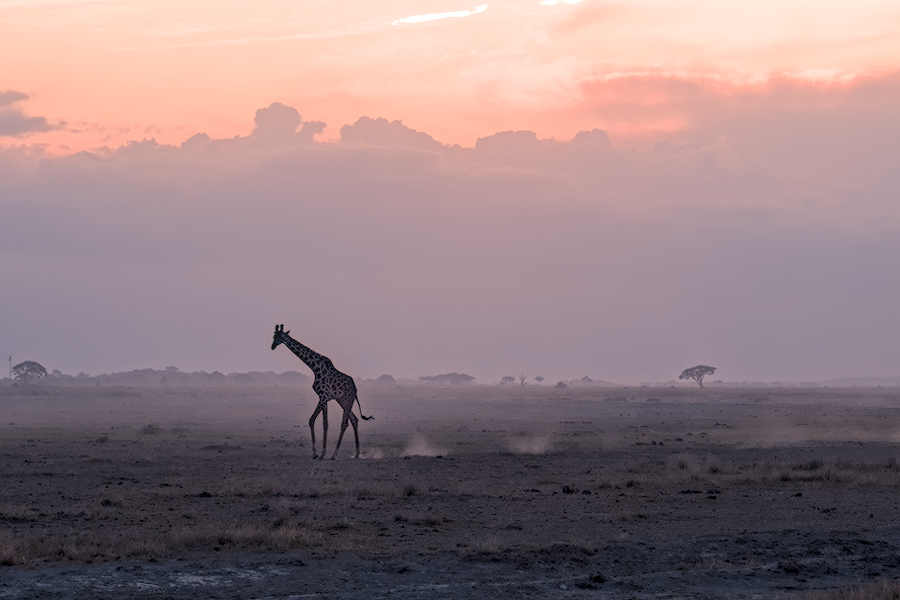
It was apparent to me that with its young and hardworking population, this country has a huge potential ahead of it, and it will play a big part in all our futures. But I was also left wondering, will Kenyans wake up one day to reclaim their heritage? Will they seek the wisdom of their ancestors and build their own unique identity incorporating the best of their past and the modern world? Or will they continue to drift away from their unique cultural past, trying to chase more material gains and staying culturally poor for a long time?
The Big Cats
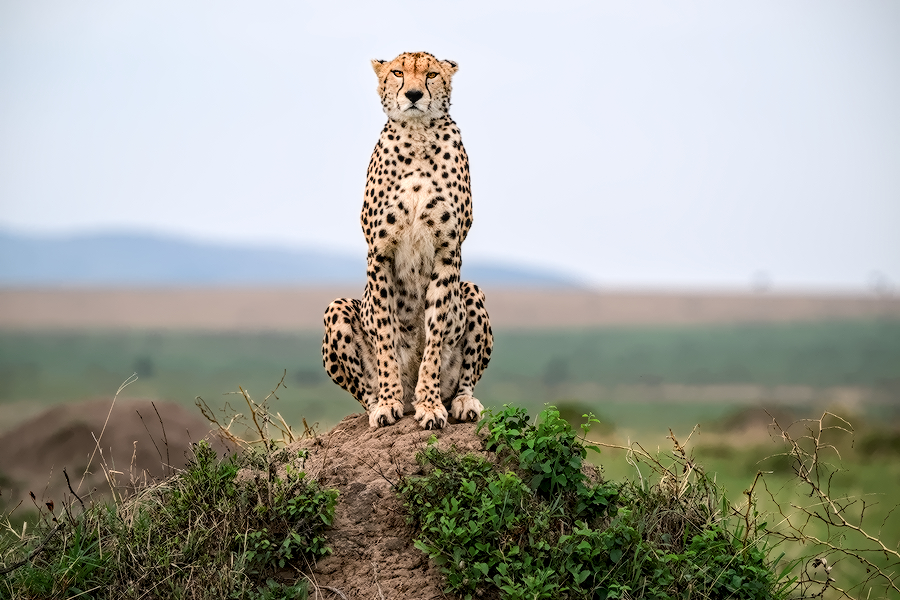
The kindness of the local Kenyans stands out, and so does their hard work. We drove through more than 2000 km across the length and breadth of the country and saw the web of connection between people. Everyone was up for a good chat, even with strangers. The driver always had a kind word to share with anyone he passed. Even when we were on a time crunch, he took out time for small-talk. He would tip some money to every guard, every cop, every parking attendant, and exchange some pleasantries and information. These chats would feed his network of relationships and gave him information that made him such a great guide. He knew where the sightings were, he knew about the state of traffic, or the roads, or the traffic check, or anything that may have changed in the local administration of the wildlife parks. These were not the modern day transactional relationships – but were personal relationships that had been organically nursed over years, and valued highly.
The Playful Cubs
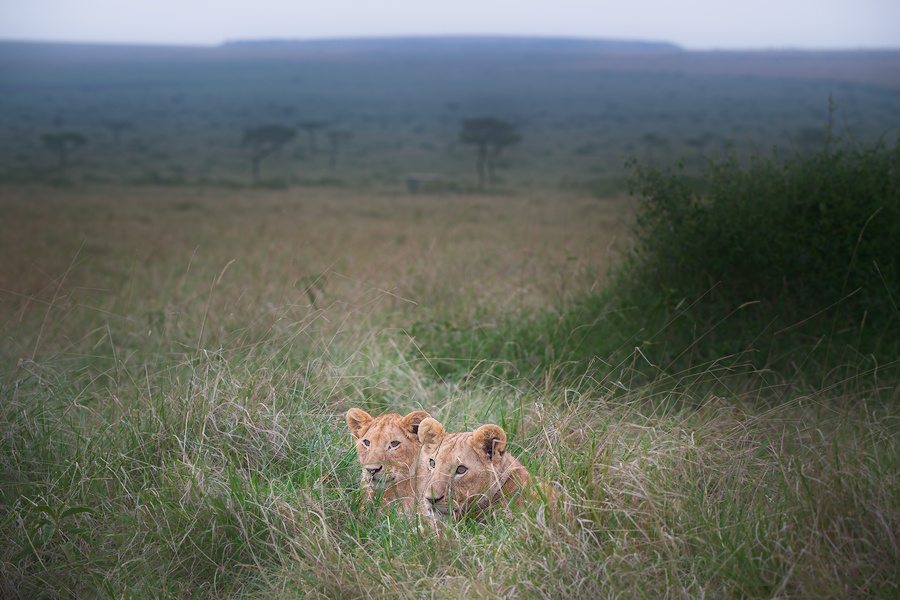
A week into Kenya, and I felt the modern life lose its grip on me – the city, the work, the routines, all disrupted and more in tune with the animals and nature here. I was now more in synch with a natural rhythm of life which was not distorted by artificial lights, or the demands of the markets, or modern culture. The pace of the days were governed by the the sun and the weather. The day began early, and by 9am the activity level of all animals would to taper off, to again pick up after 5 pm.
As I prepared to leave Kenya, I felt full. The land and its people were generous. the experience had lifted the gloom and weariness that I had came here with. City takes out more from us than it replenishes, but here, despite the hectic schedule and physically demanding travel, I felt more replenished. Nature had been kind, putting on a brilliant display of the weather, uplifting sunrises, emotionally moving sunsets, and the entire spectrum of emotions in all of the animals – a reminder of all that is natural in all of us. It felt like a reset.
–X–
Photography in Africa – Tips
EQUIPMENT
- Carry two camera bodies, coz you can’t change lens in the field – either the action is happening too fast, or it is too dusty for changing lens (esp for mirrorless camera)
- Most of the action will happen in low light, so carry a wide aperture telephoto lens
- Anything longer than 500mm may be too long – image may not be sharp coz of refraction of the air. Upto 400mm is good, everything beyond that is a bonus.
- Must carry at least a 200mm. Anything less, and you wont be able to capture the subject too well.
- I carried Nikon Z 70-200 f2.8, Nikon Z 180-600 f5.6-6, NikonZ 24-70 f4, NikonZ35mm f1,8. a Nikon Z6, Nikon Z8, Ricoh GR3 (28mm f2.8). The most used lens were the first two. The best shots came from the first one. Got some dramatic landscape shots from Ricoh.
- Don’t bother with carrying Tripods, you wont be able to use them in the vehicles
- Don’t bother with carrying sandbags, most of your shots will happen with the camera held in your hand, which is supported on the window
- Carry as many memory cards and batteries as you can take, You will soon run out of both.
- Transfer your images to external hard drive everyday.. carry the SSD drive – its worth the extra cost
- When you are transferring your images from multiple cards to external hard-drives, have a clear system of naming files and making your folders. It can soon get a bit confusing. Simple approach may be to just have a separate folder for everyday, and dump all your images across all your cards into that folder.
- Know. your camera and lens well before you go there, If you use Africa to learn, it will be an expensive class, given how expensive it is to get there
SHOOTING
- Resist the temptation to zoom in too much into the animals. Try to put them in the context of the environment, their habitat.
- The best time for shooting action is before 8am, and the second-best time slot is after 5pm. So the time-window is narrow, prepare to maximise these.
- Trust your guide. They are trained, and can anticipate the animals better than you can. Your best pictures will happen because the guide anticipated the animal’s behaviour and set you up for success
- Shoot from low angles, as low as you can. This is the single best thing you can do to improve your wildlife photographs. You could explore remote photography – fixing your camera onto a monopod and lowering down the side of the car, and using remote shutter
- Learn your focus techniques well – use continuous focus, program a separate button to focus and separate to shoot, learn how to with from auto detection to point focus quickly
- Better to have a higher ISO than a lower shutter speed. Noise can be removed later, but a shake can’t be removed.
- Ration your water. You would rather be a little thirsty and shooting pictures, than wanting to take a toilet break in the middle of your safari and missing on the action
- Book as many safari’s as you can afford. The action will happen suddenly, unexpectedly, and you may have many outings when you don’t capture anything exciting.

